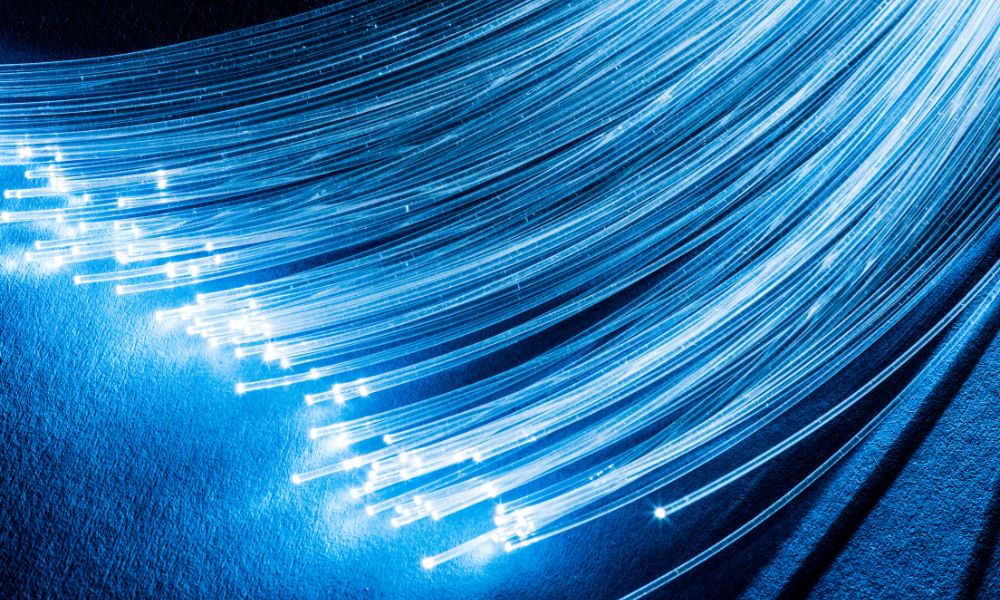
Every network uses broadband in some way, and choosing the right type of broadband is essential in ensuring a great connection to the Internet. Significant differences between fiber optic and wireless broadband exist, and knowing both benefits provides insight into how you may enhance your network. Learn the differences between these broadband types below and determine the best option for you and your connection needs.
What Is Broadband?
Broadband is the driving force behind your router’s ability to provide Internet access. Your Internet Service Provider (ISP) sends an Internet signal to the location of your router, traveling via fiber optic cable. This connection between the router and the ISP is broadband and an essential part of having internet access.
The end-user’s router takes the broadband of the ISP and sends radio signals to devices to connect to it wirelesslessly through Wi-Fi. Broadband can become interchangeable, using wired or wireless connections with fiber network cables or wireless signals.
Fiber Optic Broadband
Often referred to as fiber optic Internet, fiber optic broadband provides Internet access via fiber optic cables. A fiber optic cable carries a signal from an underground, ariel drop, or line.
The cable connects to an installed clamshell outside the building, which houses the fiber optic cable that leads inside the home. The cable then connects to the router, which connects multiple devices. The end-user router receiving the broadband connection may connect to other devices via network cables.
Fiber optic cables provide extremely fast download and upload speeds if you have a fiber optic router with optic ports. Non-fiber routers require Ethernet cables, such as Cat5e or Cat6. Fiber optic broadband is a reliable option that assures you have the speed you need to connect to the Internet. Fiber optic cords are also corrosion-resistant, ensuring the connection lasts for years.
Wireless Broadband
While fiber optic broadband uses cables, wireless broadband connects devices to the Internet via a wireless signal. A signal tower within sends a wireless signal to a dish attached to the roof of the receiving building. The dish connects to a modem connected to a router via a coaxial cable and may connect devices to the Internet via a wired or wireless connection.
Although fiber optic broadband continues to gain popularity because of its faster speed, many businesses and households still use wireless broadband. There is a possibility that interference may impede the signal, such as weather conditions or taller buildings. But the connection is typically strong, and the dish atop the building receives it well.
Primary Differences
Both forms of broadband provide Internet access but differ in their delivery methods. The clearest difference between fiber optic and wireless broadband is wired and wireless connections.
Fiber optic broadband uses significantly more wires and requires more installation than a wireless broadband setup—provided the homeowner has a dish setup. Wireless connections don’t travel as far as fiber optic options and lack speed. However, it is possible to use both wired or wireless connections extending from the router, regardless of the broadband option.
Overall, the broadband you want in your Internet connection is an important feature of your network. Consider the differences between these two broadband types and how they may benefit your connections in the future.



